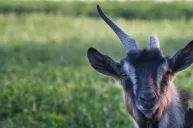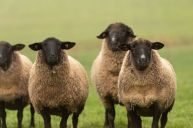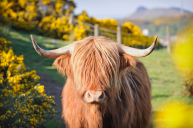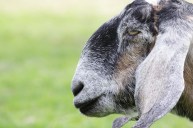When you think of the classic cow, the Jersey cow might come to mind.
If you're looking to add a cow to your homestead, you might be asking how much they cost and where you can get one. Before running out to purchase one, though, take a few minutes to meet the Jersey cow. Jersey cows are great milk producers, making them a popular option for farms all over the country. They're relatively easy to care for and are very gentle cows. If you're considering adding cows to your farm or are looking to expand your current herd, Jersey cows could be a great option, and you don't have to have a degree in animal science to appreciate them!
Jersey Cow 101
History of the Jersey Cow

The Jersey cattle breed originated on the English Channel island of Jersey, and was first recorded as a separate breed around 1700 in England. Three other cattle breeds are native to the British Channel Islands including the Alderney, which is sadly extinct, and the Guernsey. This gentle breed quickly became popular for its docile temperament and high milk quality. Breeders continued to fine tune the breed to reach the standard we have today.
Identification
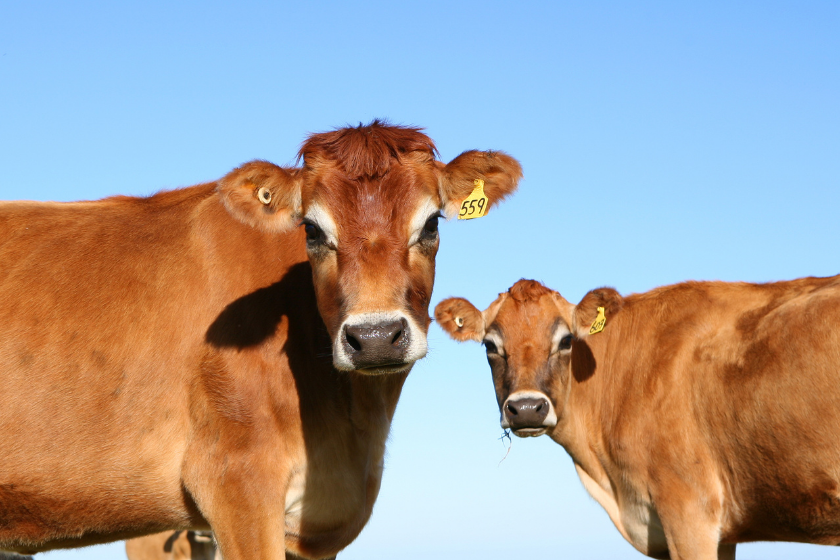
A relatively small breed of dairy cattle, brown Jersey cows are known for the high butterfat content of their milk, as well as their heat tolerance, superior grazing ability, and docile temperament which makes them perfect for island life. Purebred Jerseys often have a white band around their muzzles and a dark switch (hair on the tail). While Jersey cows have very gentle dispositions, Jersey bulls can act aggressively, often more so than other male dairy bulls.
What's the Difference Between Jersey Cows and Holsteins?

While both of these cows are dairy breeds commonly used in dairy farming to produce high quality dairy products, Holsteins and Jersey Cows have a few distinct differences. Jersey cows do better in warmer climates, but Holstein heifers produce more milk than Jerseys.
How long do beef cows and dairy cows live? It depends on the breed. Both of these breeds are long lived, making them an excellent choice for sustainability, but as Jersey herds and Holstein herds are milking cows, their meat won't be worth much when compared to beef breeds. Neither cows suffer from major issues with lactation, making them a popular choice for breeders seeking cows with healthy udders and high milk output. Of course, every farmer should know how to take proper care of udders, but some breeds do better naturally than others.
Since these are similar cows with varying strengths and weaknesses, crossbreeding is a common way to combine the high milk output of the Holstein with the high milk solids of the Jersey.
Basic Care

The Jersey breed generally costs less to maintain than other larger breeds due to their lower bodyweight and small size, high fertility, calving ease with a low rate of dystocia (obstructed labor). Their Jersey milk production is also admirable for cow breeds in America. Their breed society, the American Jersey Cattle Club, was formed in 1868.
They are, however, more prone to post-parturient hypocalcemia (or "milk fever"), which means that there are lower levels of calcium in the mother cow's milk. If a cow has this disease, the calf will need more attention. As a general rule, though, Jersey cows are great milk cows for beginner farmers with very little extra maintenance required and excellent milk return for calories fed. Their mostly docile temperament also makes them great for beginners, and their high milk fat content means that your hard work will be extra rewarding!
Do you have dairy cows? Have you ever been to the Isle of Jersey? Tell us on the Wide Open Pets Facebook page!
This article was originally published November, 2019.

